Most of Japanese love SAKURA
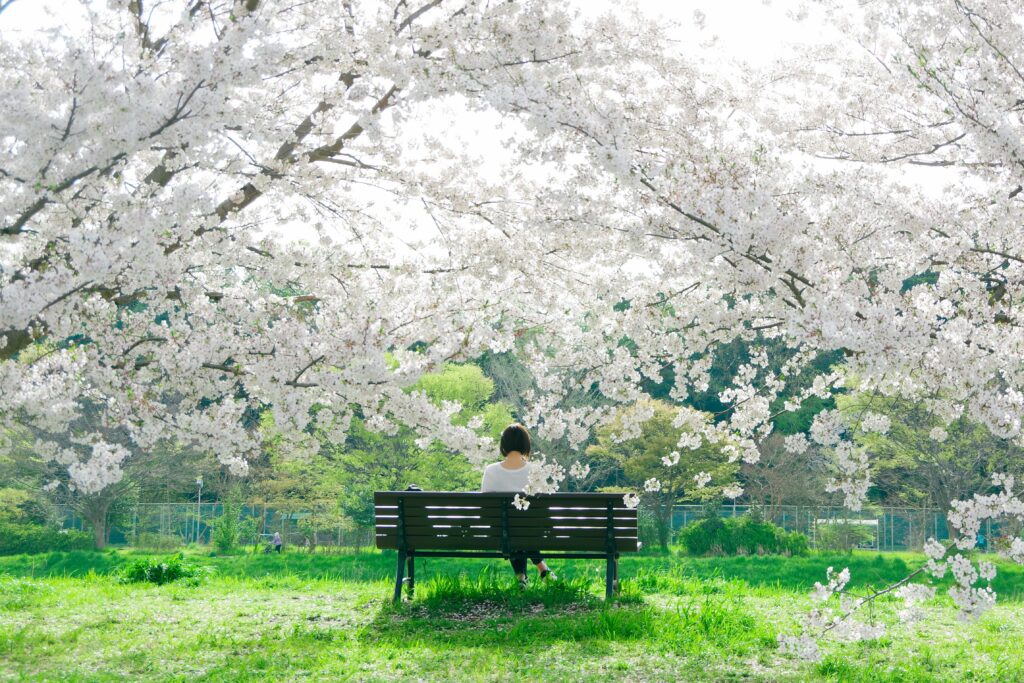
SAKURA, cherry blossoms, is sure to be the one of the most loved flowers among Japanese. It is so full of hearts of memories of Japanese, more than just feeling beautiful. There is no particular low of Japan defining the national flower but it deserved to be the one from the fact that how much Japanese love , although there is controversy about its origin among East Asia.
Sakura Matsuri (Festival of of Cherry Blossoms)
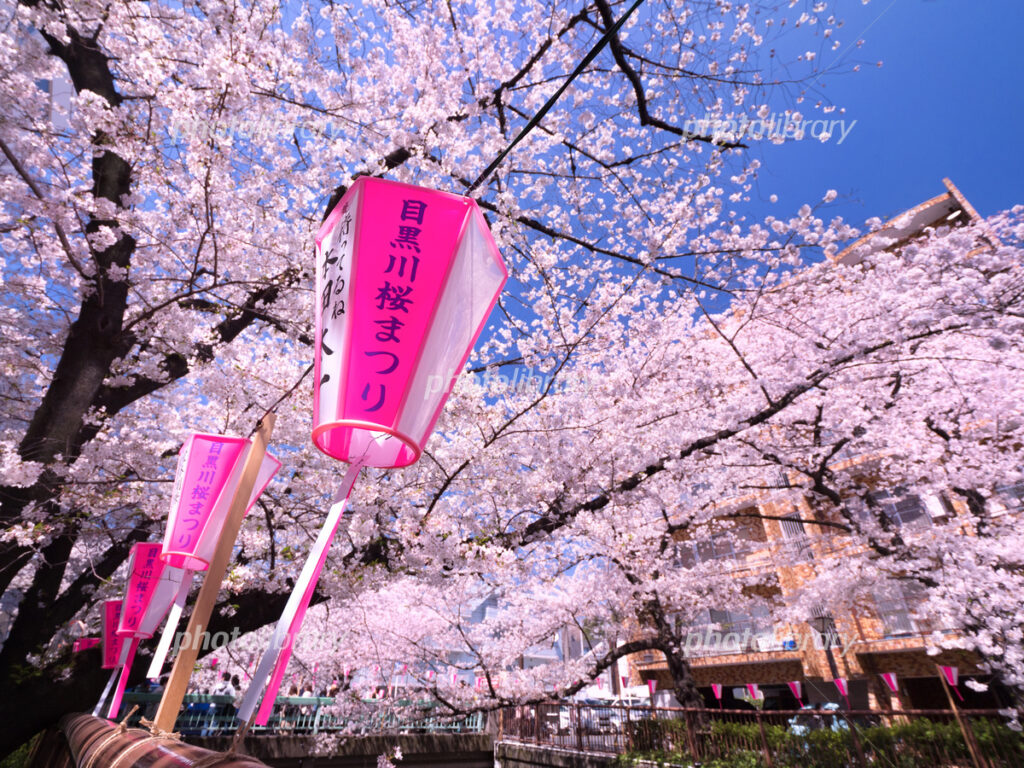
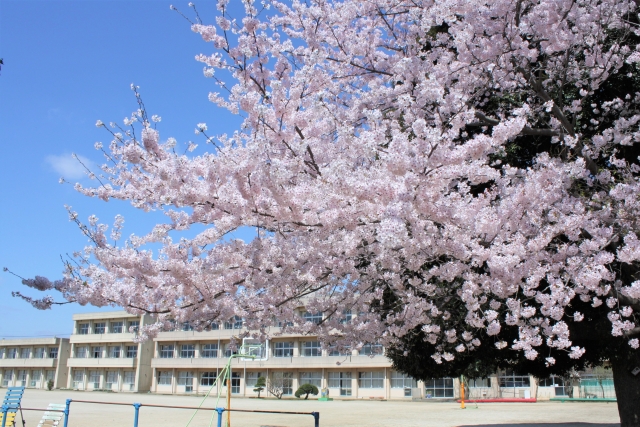
Before the season of SAKURA in February, the TV news programs report the forecast of the starting day of SAKURA’s blooming from Okinawa to Hokkaido, at the same time the local town offices of the SAKURA’s picturesque place start to prepare the festival toward the SAKURA blooming period for the residents as well as visitors, called SAKURA MATSURI (Festival of Cherry Blossoms).
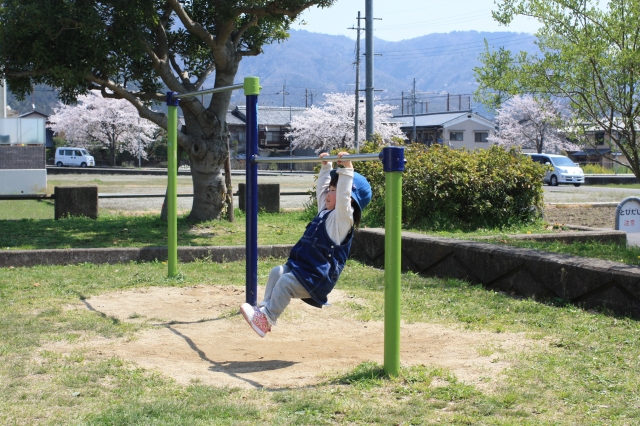
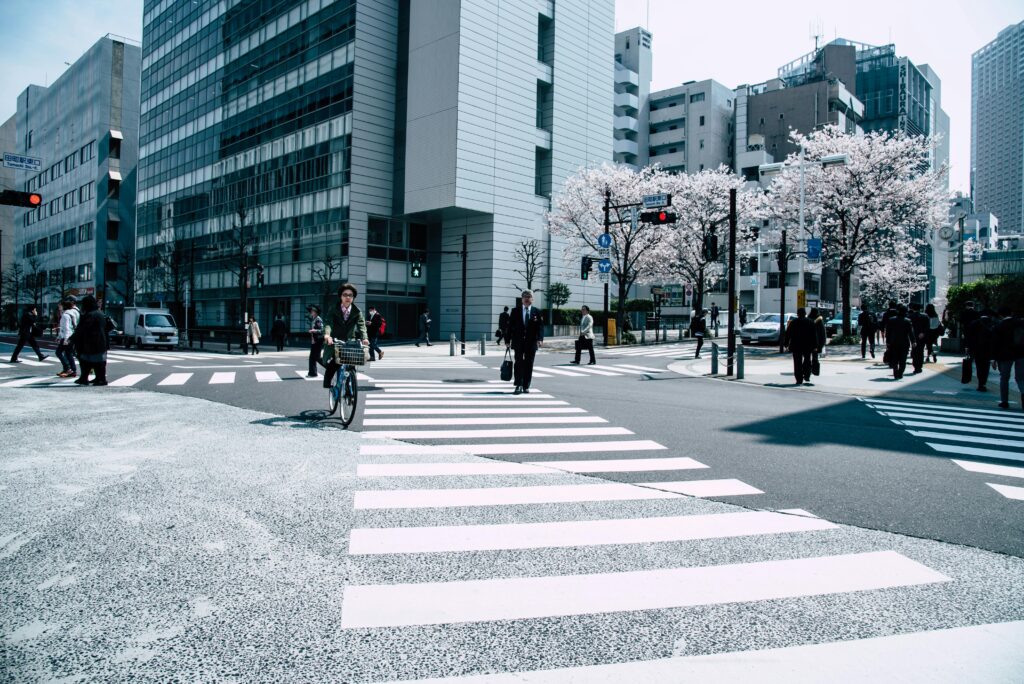
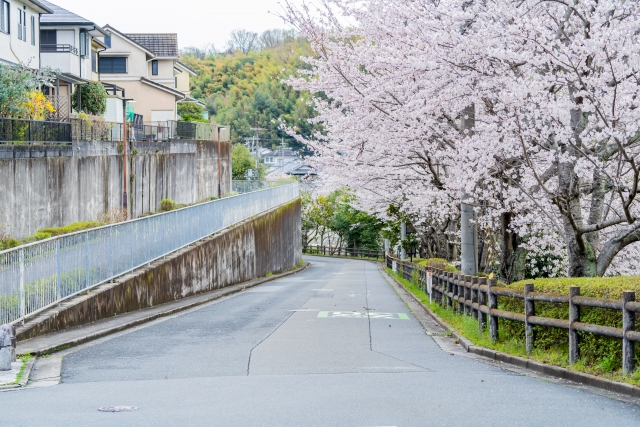
In the season of SAKURA, not only in scenic places of SAKURA but anywhere in the town, in the small parks, in the grounds of schools, in the temples’ premises, along the streets and in the garden of ordinary homes, almost everywhere, you can see the blooming SAKURA bringing peaceful and relaxed atmosphere to the people around.
SAKURA recalls Schooldays and Graduation

Japanese schooling system defines the term ending March when SAKURA is blooming, just in the season of graduation from the school as if SAKURA were celebrating students’ graduation. So, SAKURA reminds us many events and affairs during school days like first-love, meeting unforgettable teachers and so on. Many singers sing songs of which themes are graduation, in the lyrics there is always the word of SAKURA appeared. SAKURA reminds us the school days and graduation even a decades later.
You can listen the songs depicting graduation with SAKUERA at the following site.
SAKURA Tree
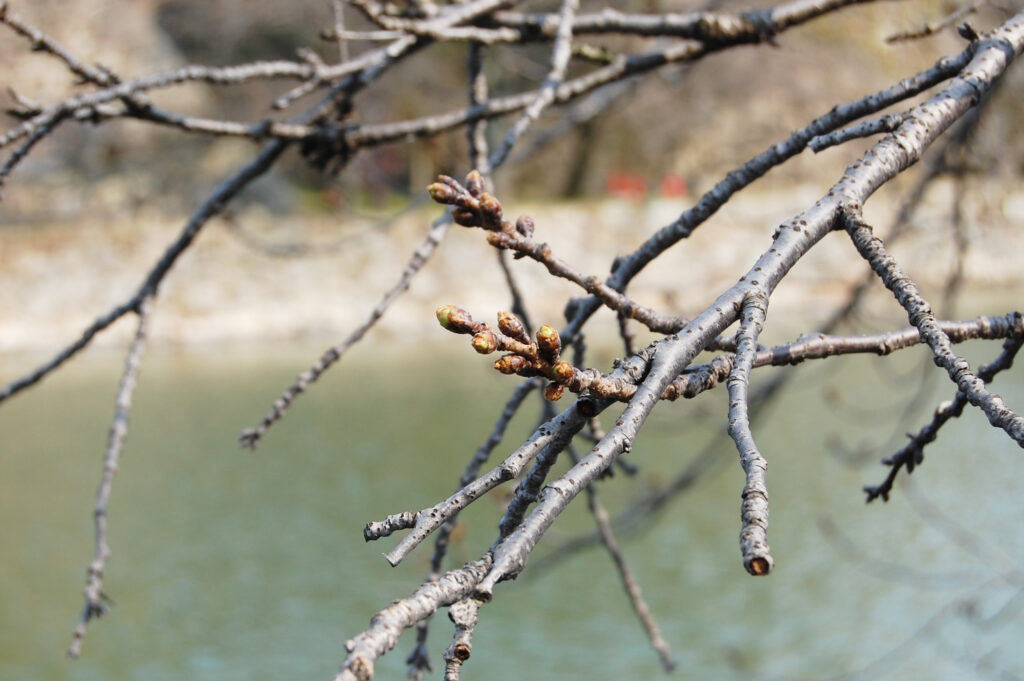
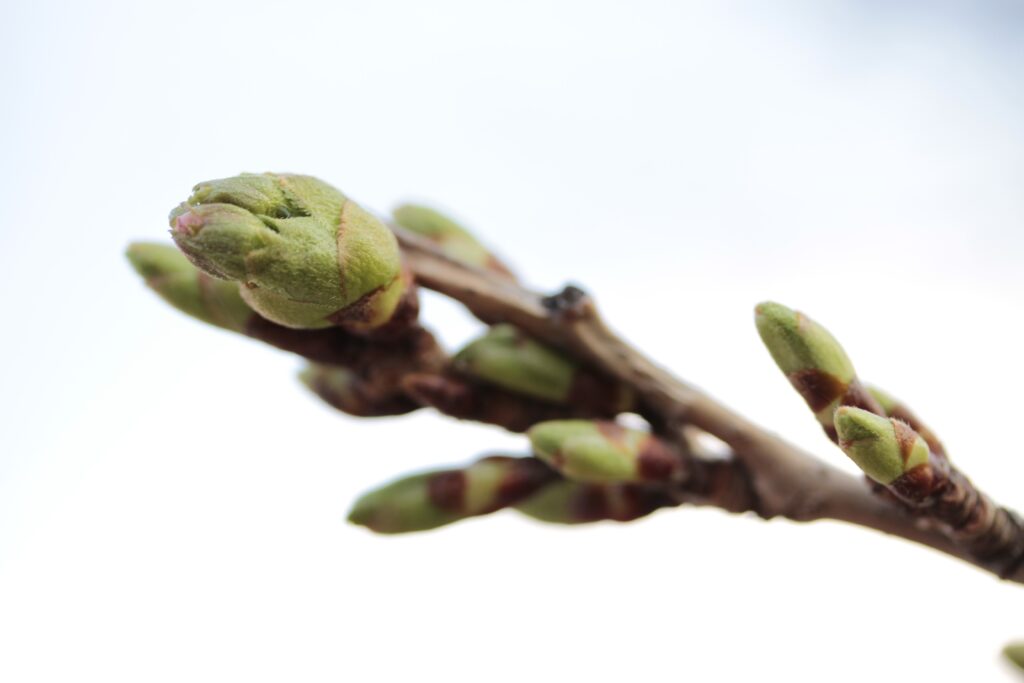
SAKURA tree belongs to the deciduous tree and its leaves start to grow just after the time of full bloom and start to fall in the autumn. Many kinds of deciduous trees produce their flowers with thick foliage but in case of SAKURA “flowers first, leaves later” in general.
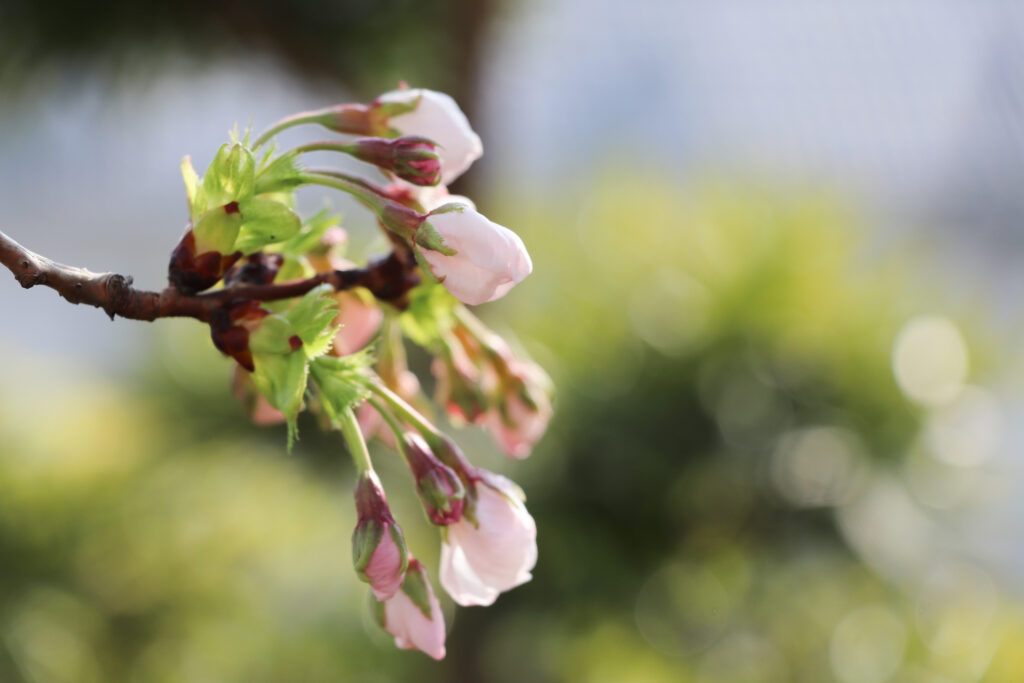
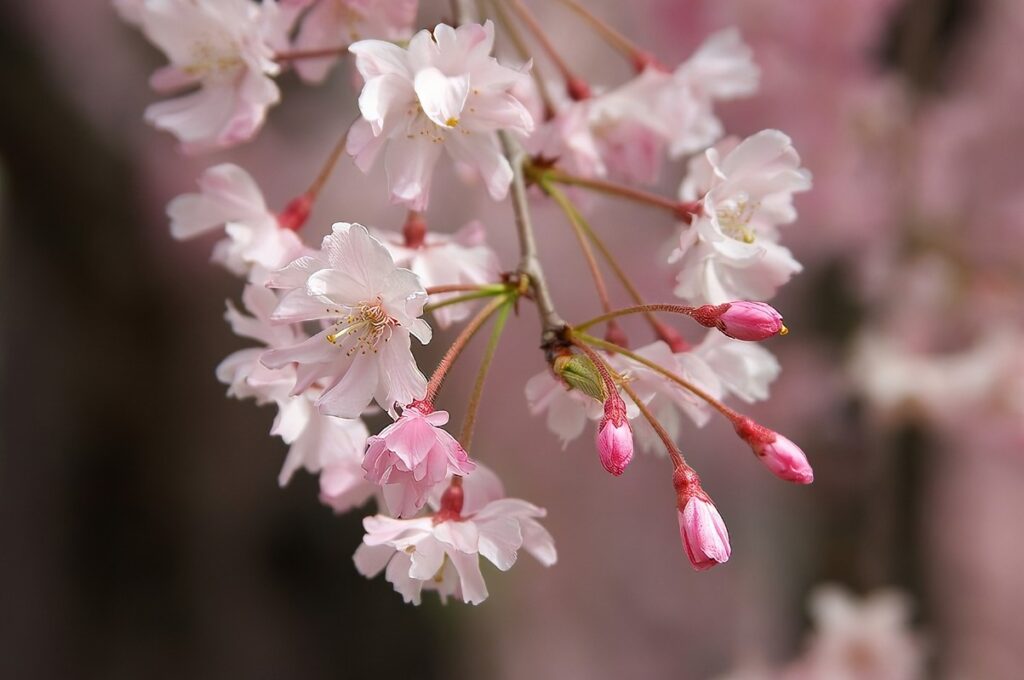
In winter you can see only tree truck of SAKURA, one day in March you can find the buds, few days later you see a few of buds opening petals and you can finally SAKURA with full bloom. At that time, you see only SAKURA’S flowers on the tree truck without leaves so that its visual scene accentuates its beauty of SAKURA.
Regarding the information of Sakura’s blooming time by city, you can refer to the site :
Length of life of SAKURA’s flower

In case of Somei-Yoshio, one of the most famous SAKURA (cherry blossoms),it takes only five to seven days to full bloom from buds to blooming, then soon start falling, as a result, only one week to ten days is a span of time for us to enjoy its beaty. Final stage of Sakura blooming is called SAKURA FUBUKI, means Snowstorm of Cherry Blossoms. Although we can see one SAKURA tree of blooming for only a week to ten days, in the Japanese Archipelago from Kyushu and Okinawa to Hokkaido we can relish the beauty of SAKURA (cherry blossoms) from March to May.
There are a lot of style how enjoy Sakura, and one way is “HANAMI, a king of party under Sakura trees”.
Please refer to the following my post.
Implication of Short life of SAKURA
The fact that SAKURA (cherry blossoms) is in the full bloom in a short period of time and fall in a stroke which implies the human life, and some people emphasize its brevity they once established the beautiful story with SAKURA connected to dying gracefully like SAKURA falling in full bloom.
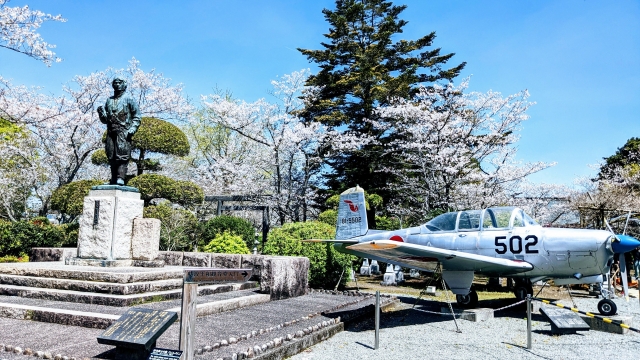
Sadly, that story was abused during World War II, it was that dying of young pilots of military aircraft, even teen’s pilots, as KAMIKAZE was the glory for the country. They were forced to die. One of the last-note of young pilot left the last letter saying “My obligation and favors received from the prosperous country where I was born would be returned by my death like falling SAKURA.” Militarism during the war in Japan misused beautiful SAKURA’s short life as a symbol to drive young guys to coercive death. It was heartbroken story not only bereaved family but all Japanese.
We must unrepeat such cruel event. I believe Sakura must be symbol of Peace.
SAKURA in autumn

Many of foreigners visualize Sakura as cherry blossoms blooming in spring in their mind, but please do not forget Sakura not only in spring but in other seasons. After Sakura flower’s falling, you can see beautiful green leaves, called “Shin-Ryoku meaning new leaves” in May to June, and these green leaves start to change to yellow to orange in late October to November, and finally these leaves fall. In general, deciduous tree have character of changing its foliage to orange or yellow, called in Japanese “KOU-YO”, like maple and maidenhair tree. In autumn in the hill and mountains, many tourists go to see “Red colored mountains” covered by maple trees , SAKURA, and others of KOU-YO trees. There is an expression “Mountains are burning”.
If you plan to visit Japan, you can consider to see SAKURA in spring as well as in autumn to see KOU-YO’s Sakura.
Summary
Sakura is the one of most favorite flowers of Japanese. Four seasons make us possible to feel that Sakura tells us coming spring and reminds us the memories in spring such as graduation ceremony.
Just before Sakura’s season, we anticipate brighter spring coming after cold winter, and once Sakura’s full bloom finish, we expect summer is coming.
We can see Sakura anywhere in Japan with making us happy. I hope all people visiting Japan in spring, Sakura’s season, to enjoy Sakura and feel a part of Japanese sentiments. So please treat our Sakura nicely.
For Tour Guide san
When you take your customers in Spring to Sakura’s picturesque site or find Sakura on the way to your destination, please explain that Japanese have special sentiment for Sakura such as graduation from the school.
While we have a sad story of Sakura related to Kamikaze young pilots in World War II, its story make us remind the importance of the peace by Sakura’s beautifulness and short life. By knowing this, please let your customers enjoy Sakura.
Welcome your recommendation of the theme for next!
I may overlook some ordinary action which impress you or let you feel different, so if you want to know about any Japanese behavior or actions which make you interesting, please let me know. I try to analyze and post the story in this site.

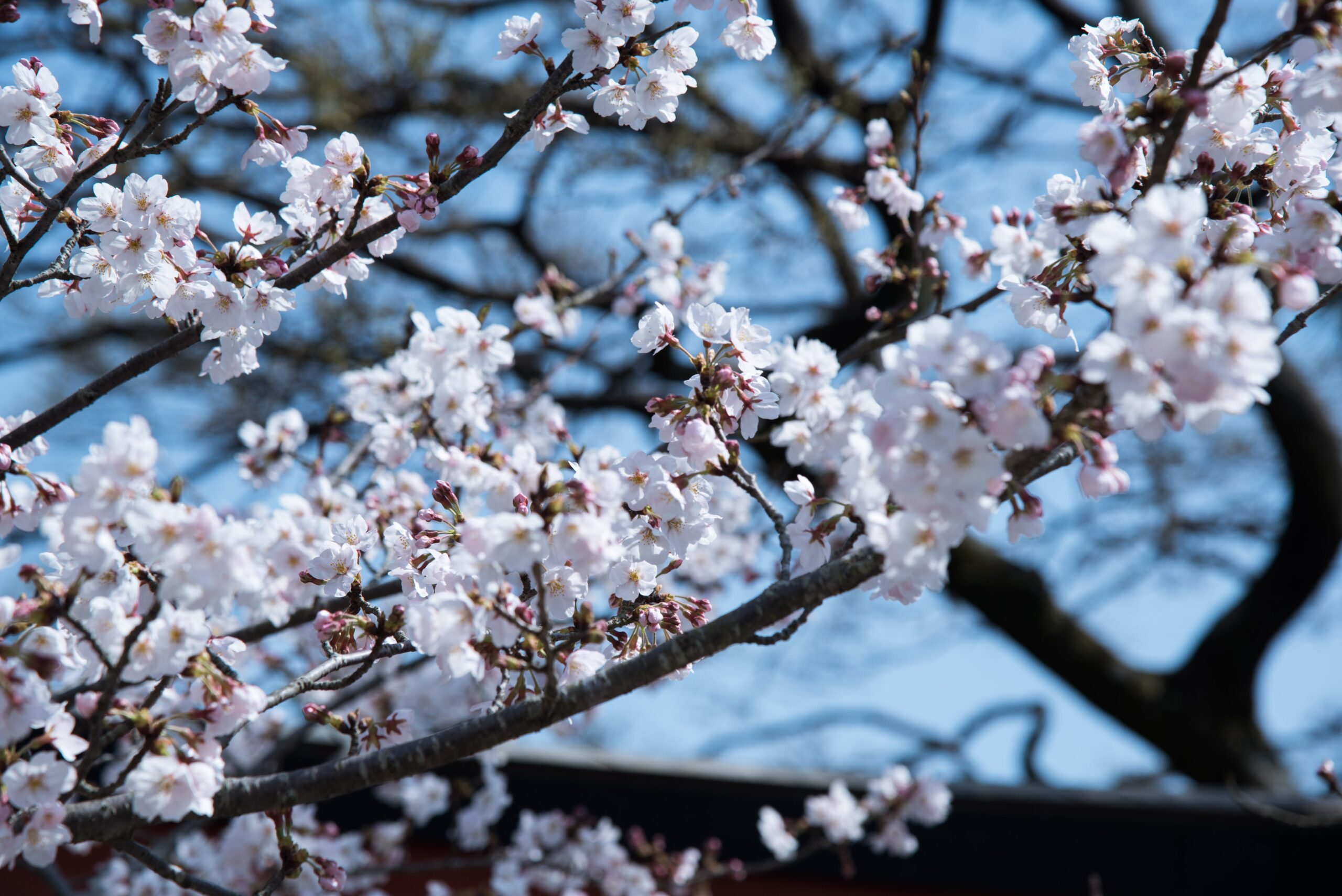
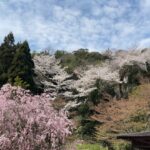
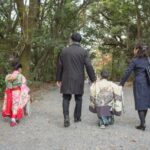

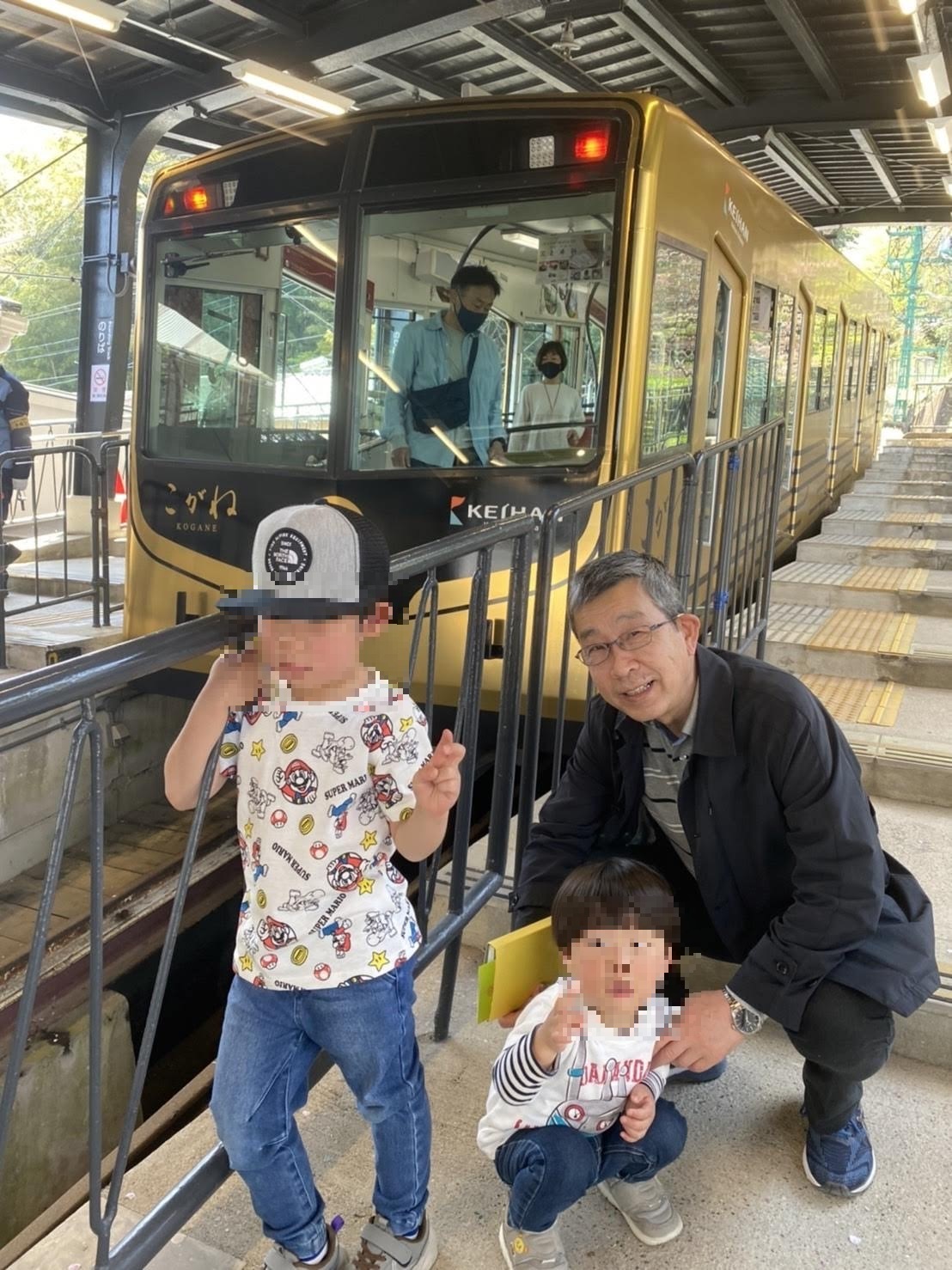
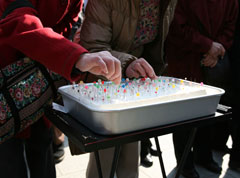

コメント